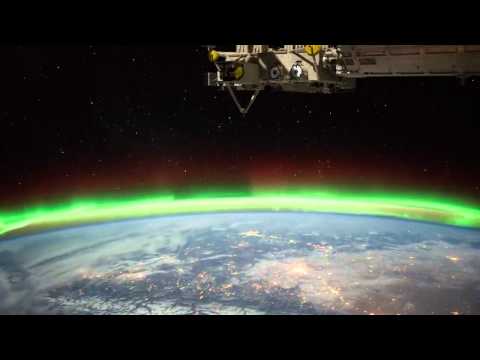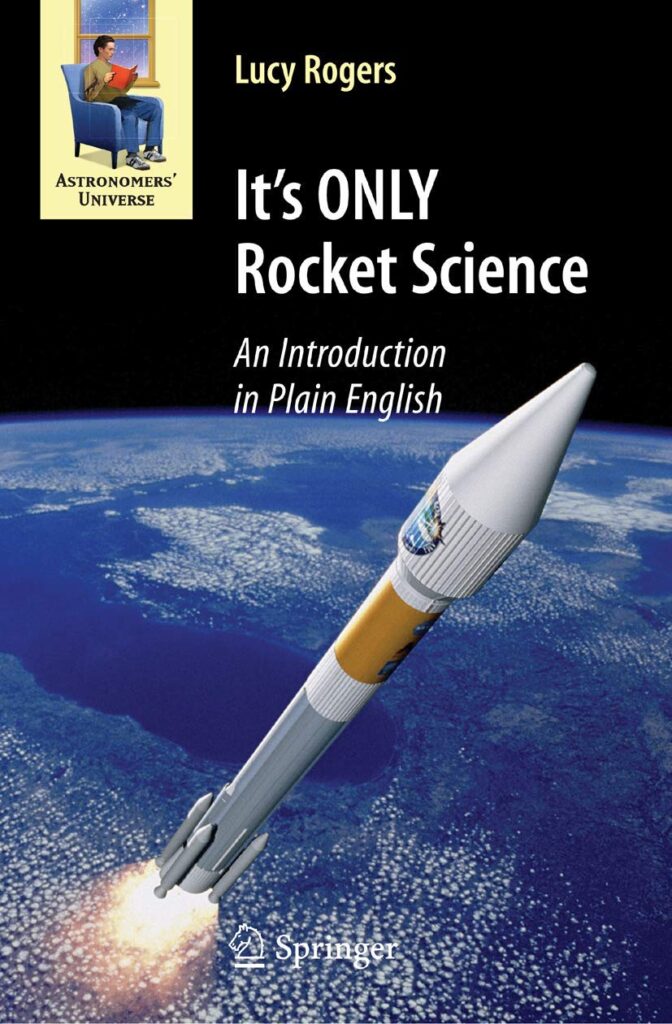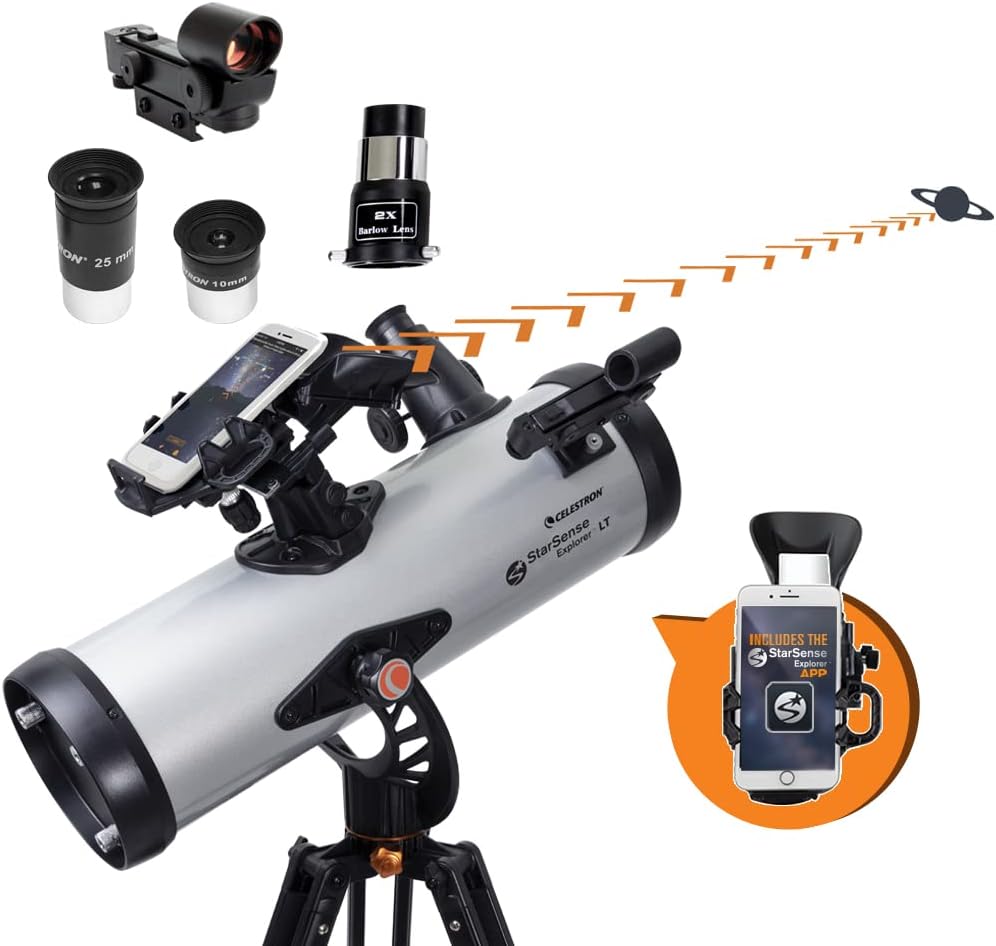International Space Station – Life in Space
The International Space Station (ISS) is a large spacecraft that orbits around Earth. It orbits about 220 miles (354 km) above the Earth. It is a home where astronauts live.
The International Space Station is also a science lab. It was made up of many pieces called modules. Those modules were put together in space by astronauts from many different countries.
The International Space Station is made up of pressurized modules where the astronauts live and work, external trusses for propulsion (movement), solar panels for power and many other amazing parts.
The first part of the station was sent into space on a Russian Proton rocket on Nov. 20, 1998. That module is called Zarya. Zarya provides propulsion, attitude control, communications and electrical power.
Two weeks later, NASA launched a module called Unity aboard the Space Shuttle Endeavour. The Unity module was successfully attached to the Zarya module. It is equipped with all the requirements for long-term human living.
The International Space Station has 2 bathrooms, a gym and more room than a 6 bedroom house. It is nearly 4 times bigger than the Russian space station Mir and about 5 times larger than the U.S. Skylab. The ISS was built to be a space environment research laboratory and observatory.
Crew members can do experiments in many scientific fields; such as, biology, human biology, physics, astronomy and meteorology.
The Cupola module in the International Space Station has a 7 window observatory area which has been compared to the turret of the Millennium Falcon in the movie Star Wars.
The station also provides valuable opportunities to test spacecraft systems and equipment. It can also act as the staging base for missions to the Moon or Mars when those are planned.
One of the most important experiments happens every time someone steps on board the International Space Station. Scientists study what happens to people when they live in space. NASA has learned how to keep a spacecraft working for a long time.
These lessons will be important in the future. NASA has a plan to send humans deeper into space than ever before. The space station is one of the first steps. NASA will use lessons from the space station to get astronauts ready for the journey ahead.
The International Space Station is now the largest artificial body in orbit. It is 357 ft (109 m) in length. It can easily be seen with the naked eye from nearly every area of Earth at some point in time.
It appears as a slow moving bright white dot in the night sky. This makes the area spanned by the space station about the size of an American football field.
The station travels around the Earth at an average speed of 16,777 miles per hour (27,000 km/h). It completes 16 orbits every day. 16 countries, including the NASA from the USA, Roskosmos of Russia, JAXA of Japan, CSA of Canada and ESA made up of agencies from France, Brazil, Malaysia, South Korea and Italy, built the station.
The International Space Station is easily the most expensive single item ever built. As of 2010, the cost of the station is believed to be $150 billion.
The largest part of the International Space Station is a central truss where 16 huge solar panels are attached. The modules where the astronauts live and work are attached to the center of the truss.
Europe’s biggest International Space Station project is the Columbus science laboratory where scientific experiments can be done in weightless conditions.
Many different types of experiments can take place both inside and outside of this space laboratory. The ESA also makes the Automated Transfer Vehicle (ATV).
These are spacecrafts designed to take supplies to the ISS without human assistance. The cargo craft delivers food, fuel, equipment and other supplies.
There are over eight miles of wire connecting the electrical power systems on the ISS. However, approximately 3.3 million lines of computer code and 1.8 million lines of flight software code are stored on Earth to support the ISS.
The first ISS crew mission was called Expedition 1. It launched on a Russian Soyus on Oct. 31, 2000. The 3 Russian cosmonauts docked and entered the ISS on Nov. 2, 2000.
The space station has been continuously occupied since that time. This makes it the longest continuous human presence in space. The station has been visited by astronauts and cosmonauts from 15 different nations.
There have been at least 352 flights to the space station with at least 211 individuals entering the station. 31 of these were women and 7 were ‘space tourists’.
As of 2013, 76 people have visited the ISS on two occasions, 25 people have made three trips and 5 amazing people have gone up four times.
Up till 2013, there were 174 spacewalks outside the modules in support of the ISS’s construction and maintenance, that’s almost 1,100 hours (nearly 46 days).
There have been at least 40 expeditions to the ISS. An expedition can last up to six months. Early expeditions had 3 person crews but this was reduced to 2 person crews for safety. Today, crew numbers regularly reach 6 people.











